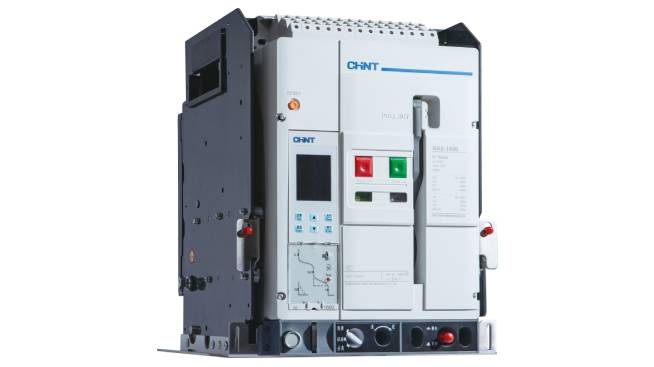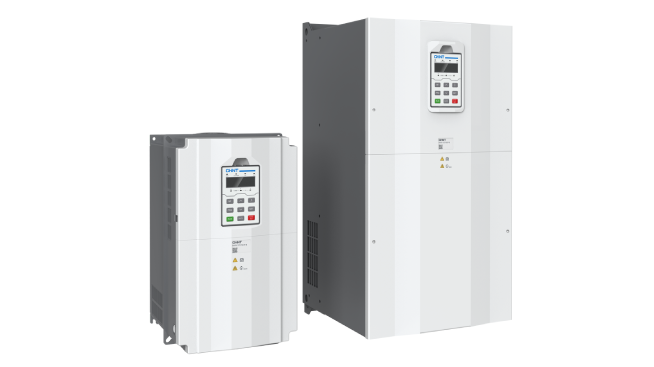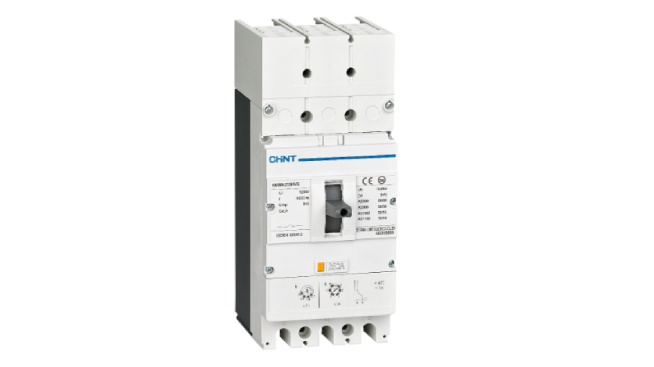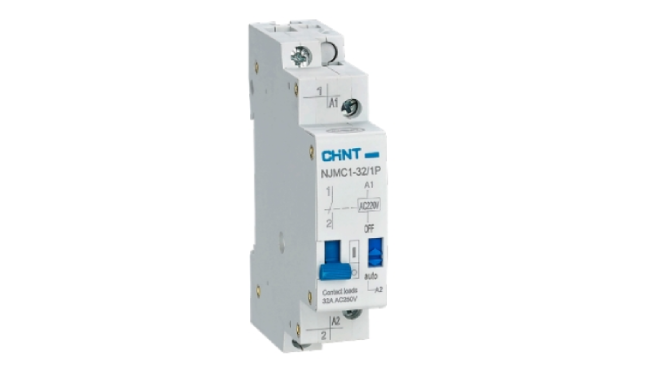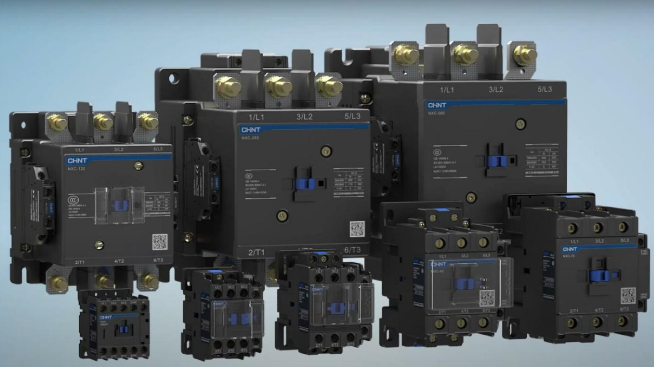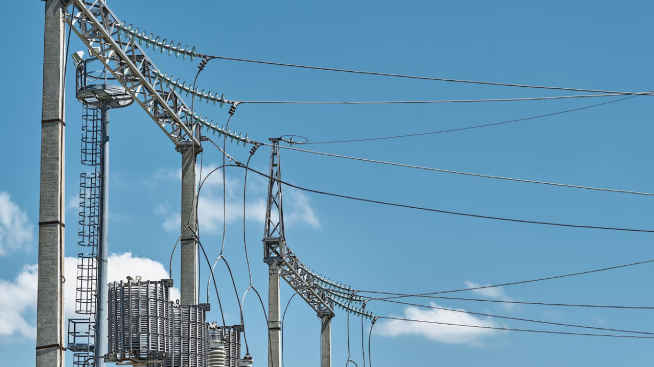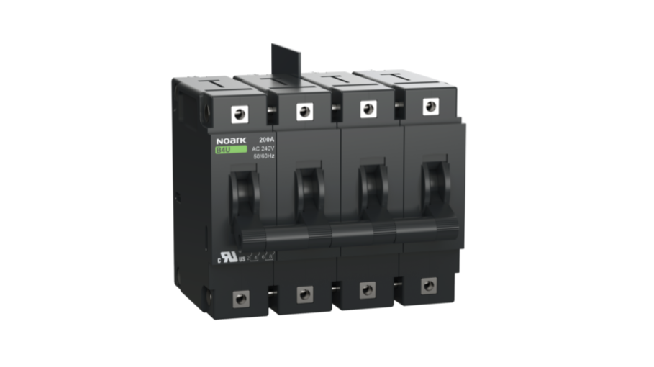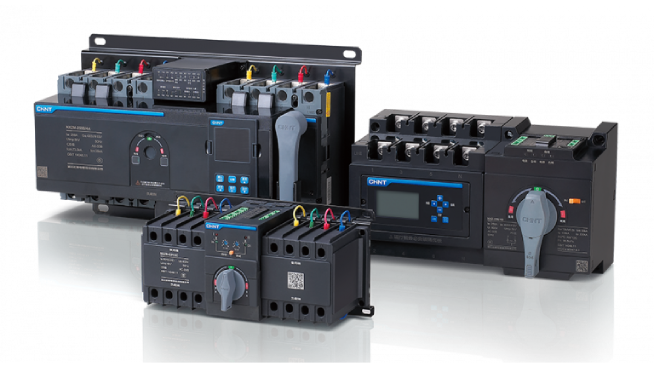Table of Contents |
Large supermarkets, hotels, and other commercial facilities depend on energy to serve customers. Yet consistent, affordable power poses ongoing challenges. These are related to rising electricity costs, frequent infrastructure disruptions, and fluctuating demand meeting rigid supply. Distributed energy storage offers a strategic remedy. It enables properties to generate, store, and discharge their own solar power autonomously. A reliable and cost-effective electricity supply approach suppresses issues to strengthen businesses profitably for years to come despite worsening grid vulnerabilities.
Electricity Challenges Faced by Businesses
Businesses face significant obstacles in securing the stable power they require to operate at full capability. Chief among the issues include high electricity costs, an unreliable distribution system, and an imbalance between energy supply and demand.
1. High Electricity Price
Electricity prices continue to increase relentlessly. The result is squeezed budgets and diminished profits. Peak periods see exponential hikes that hammer the bottom line. With no end in sight, long-term planning and cost certainty remain intangible. These unpredictable but certain-to-rise costs cripple operational planning and long-term strategy development.
2. Instability of the Grid
Unexpected outages and voltage fluctuations disrupt business operations constantly. Unpredicted interruptions can halt full production for hours, costing thousands per minute of downtime. Maintaining smooth operations relies on faith in an infrastructure prone to delivering inconsistent service. The delicate performance of IT systems and manufacturing equipment hangs by the uncertain thread of grid stability.
3. Imbalance Between Electricity Supply and Demand
Electricity demand wildly fluctuates throughout each day and week depending on business activity yet supply remains rigid. This imbalance leaves need to be unmet at some times and forces waste at others due to an inability to store surplus energy for later use. Alternatives beyond the traditional grid seem necessary to resolve this ongoing mismatch.
Distributed Energy Storage as a Solution
Distributed energy storage provides an optimal solution regarding how to save on electric bill. By integrating storage onto business properties, power can be generated and stored locally for on-site usage. During high business electricity rate periods, stored energy from off-peak times supports operations instead of drawing from the unstable grid.
How Does Distributed Energy Storage Work?
Distributed energy storage systems leverage batteries, typically lithium-ion, to retain electricity generated by an on-site solar photovoltaic array. The solar panels convert sunlight into direct current electricity that charges the batteries. An inverter then converts the stored DC power back to AC current for buildings to utilize as needed. Excess solar energy not immediately required gets banked in the batteries for later times.
CHINT Distributed Energy Storage Solution
As a well-established brand in the industry, CHINT offers a comprehensive distributed energy storage solution tailored for commercial and industrial clients. This turnkey system integrates CHINT’s high-quality solar modules, grid-connected inverters, lithium battery packs, and an advanced energy management system that controls power flow and allocation. It provides a complete package to address diverse business energy needs, with key advantages including:
- Reliability: Built with high-quality batteries and inverters, CHINT’s storage systems ensure stable and dependable operation, even in challenging environments.
- Efficiency: The integrated energy management system optimizes storage and usage, enhancing overall efficiency and reducing energy consumption.
- Safety: Comprehensive safety measures are embedded in the system to ensure secure and smooth operation, minimizing the risk of accidents.
- Scalability: Flexible design allows for easy scalability, catering to businesses of various sizes and power requirements.
In addition to these core benefits, the CHINT EC2A EV charger further enhances the solution with features like intelligent load balancing, multiple authentication methods, and robust outdoor compatibility with IP65 protection, providing businesses with a versatile, reliable, and user-friendly energy management system.
The Benefits of Distributed Energy Storage
Distributed energy storage presents businesses with a path to substantial savings, stronger reliability, and environmental gains. By capturing solar energy during off-peak periods and using it to power operations when electricity rates rise or the grid falters, these systems offer a triple-bottom-line of advantages.
1. Save on Bills with Peak Demand Strategies
Drawing power from stored solar during high demand times when rates multiply by large factors results in great electricity cost reductions. Careful discharge management aligned to commercial load patterns and rate structures is beneficial. Such optimized energy usage maximizes bill cuts significantly per year depending on location.
2. Reinforce Reliability and Continuity
Ensuring critical equipment functions without disruption during outages or voltage fluctuations strengthens business continuity planning. No longer will production halts or facility downtime damage reputation from an inability to serve customers. Overall, customer satisfaction is increased as a result. Stable power quality protects sensitive electronics as well from grid issues.
3. Environmental Benefits
Businesses typically obtain a portion of their annual electricity from fossil fuel power sources like coal and natural gas. These fossil fuels emit greenhouse gases when burned to generate power. Distributed energy storage helps offset this portion of electricity purchases. The storage captures solar power and avoids purchasing grid electricity originating from fossil fuels. This reduces the business’s carbon footprint. With a lowered emissions impact, distributed storage supports companies in achieving sustainability goals.
Conclusion
Overall, distributed energy storage like CHINT’s all-in-one solution conquers the challenges of unpredictable power needs that impede businesses. It offers a future-proof way to stabilize the grid connection and bottom line through bill savings and resilience. By empowering businesses with their own reliable green energy plant, distributed storage drives success while supporting cleaner energy adoption. Visit CHINT’s website to learn more about its robust product portfolio solving energy problems worldwide.






